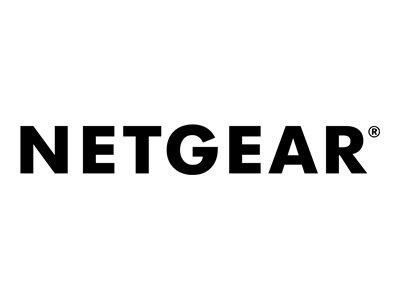The XS748T 10-Gigabit Ethernet Smart Managed Switch brings the second generation of 10-Gigabit Copper switching to SMBs. The XS748T is a powerful Smart Managed Switch that includes 44 ports of 10-Gigabit connectivity (44 copper with 4 dedicated 10-Gigabit SFP+ Fiber ports). NETGEAR's 10-Gigabit Smart Managed Switches are purposely designed as a cost-effective way to provide 10G connections to 10G-capable servers and NAS (Network Attached Storage) systems. The XS748T provides comprehensive L2+/Layer 3 Lite features (including IPV6 management) allowing SMB customers to deploy virtualization, cloud-based services and applications like VoIP, video streaming and IP surveillance, which require higher reliability, speed, and performance. It can be used at the "center of a small business network" or as an aggregation/access switch in a larger organization. The XS748T is ideal for is ideal for expanding network capacity, removing performance bottlenecks and/or support of premise expansion needs.
- Advanced VLAN features such as Protocol-based VLAN, MAC-based VLAN and 802.1x Guest VLAN
- Advanced QoS with L2 / L3 / L4 awareness and 8 priority queues
- IPv4 and IPv6 static routing
- Private VLAN
- Dynamic VLAN assignment
- IGMP and MLD snooping
- Advanced security
- IPv6 for management, QoS and ACL
Comprehensive L2+ / Layer 3 Lite features
The ProSAFE 10G Smart Managed Switch provides comprehensive L2+ / Layer 3 Lite features in order to meet current and future needs on virtualization, converged networking and mobility.
Smart IT, not big IT
Easy-to-use web browser-based management GUI makes setup and management simple. It features a standards-based technology, ensuring interoperability with any standards-based devices in the existing network, as well as dual firmware images, improving reliability and uptime to your network.
10-Gigabit transition with BASE-T
10GBASE-T, like other BASE-T technologies, uses the standard RJ-45 Ethernet jack. It is backward compatible, auto-negotiating between higher and lower speeds - thereby not forcing an all-at-once network equipment upgrade.





